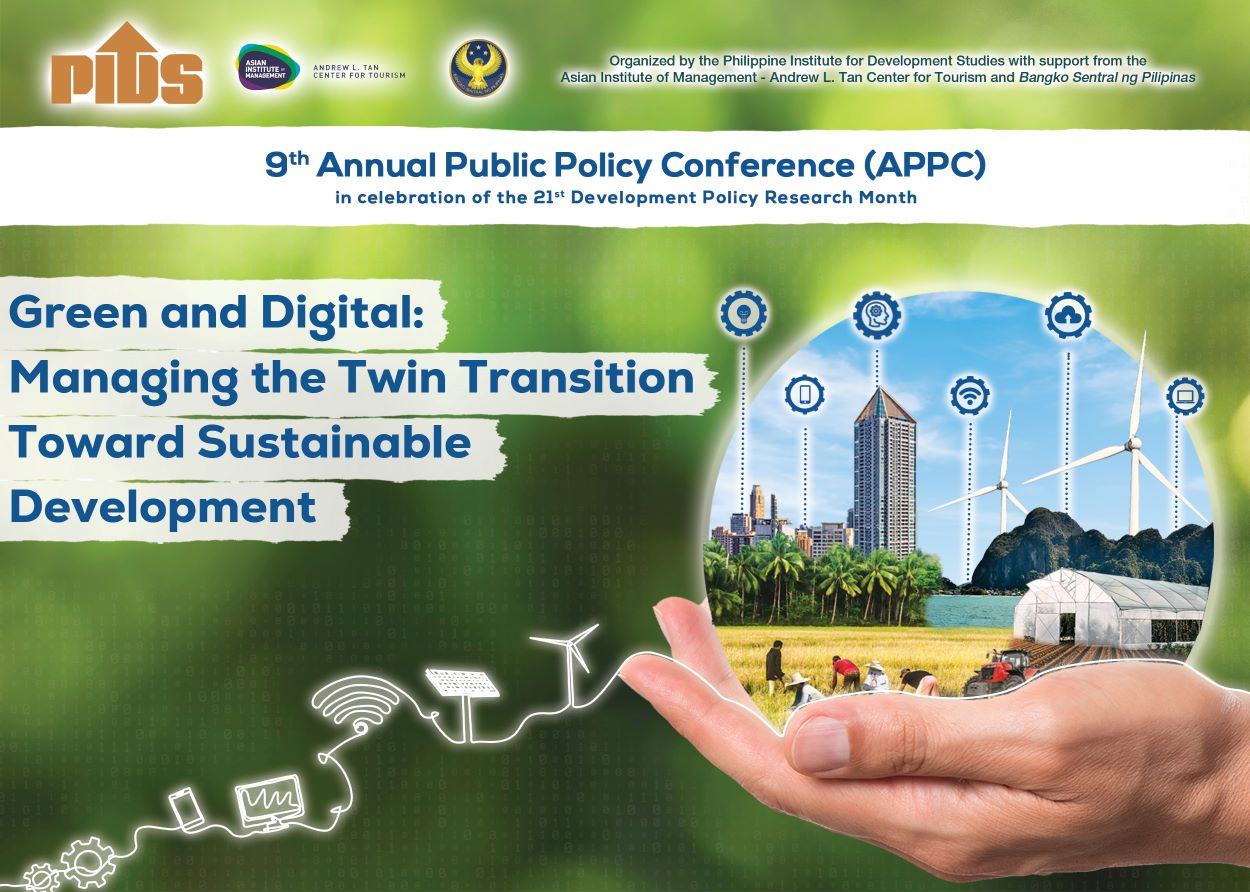THE Philippines is slowly aging, according to a study of state think tank Philippine Institute for Development Studies (PIDS).
Citing United Nations data, the research paper titled “Are We Missing Out on the Demographic Dividend? Trends and Prospects” projected that the country will transition to an “aging society.” This will become evident when the elderly, aged 65 or older, will already comprise at least seven percent of the total population by 2032.
The country will further transition to an “aged society” when the share of the elderly population is already at least 14 percent by 2069. The findings of the study were presented by one of its authors, PIDS research fellow Michael Abrigo, in a public seminar organized by the institute recently.
The rising number of old people, according to Abrigo, may pose a heavy burden on the country’s resources. He was, however, quick to add that the same economic and demographic forces that will eventually lead to population aging also provide potentials for economic growth.
“Population aging is not a bad thing. It represents a story of our collective success as Filipinos. It means that we were able to conquer the challenges such as those related to income, health and education,” he explained.
Still, it comes with both challenges and prospects. The government, he noted, is particularly affected as income tax, health insurance premiums and pension contributions, as a proportion of the total population, may decline as a result of the demographic shift. This, in turn, may affect the sustainability of services that the government provides.
“More elderly people means more subsidies for health care expenses. Moreover, the elderly tend to have medical conditions that are more expensive on the average,” Abrigo said.
On the other hand, aging, along with rising life expectancy, also leads to higher savings and investment, hence, may result in faster economic growth and improved living standards.
“Because we expect longer life span, we also tend to save more, and this leads to greater productivity,” he elaborated.
Called demographic dividends, these improvements in the material measures of well-being may arise, first, from the compositional effect of having a more productive population relative to consumers, i.e., shrinking of the dependent age (0-14) group and expanding of the workforce (ages 15-64), and, second, from the behavioral changes induced by demographic change, i.e., rising savings and investments, that ultimately result in greater labor productivity.
According to Abrigo, the government should look not only at income inequality but also at generational equity.
“Maybe this generation is very lucky because we all have these free public services such as free health care, free basic education, as well as free college education. But these paying consumers will grow old and someone else will have to pay for these freebies in the future,” Abrigo expounded.
Likewise, he cautioned that the potentials of having a fast-growing working population may be rendered irrelevant if people cannot be productively employed. PR












